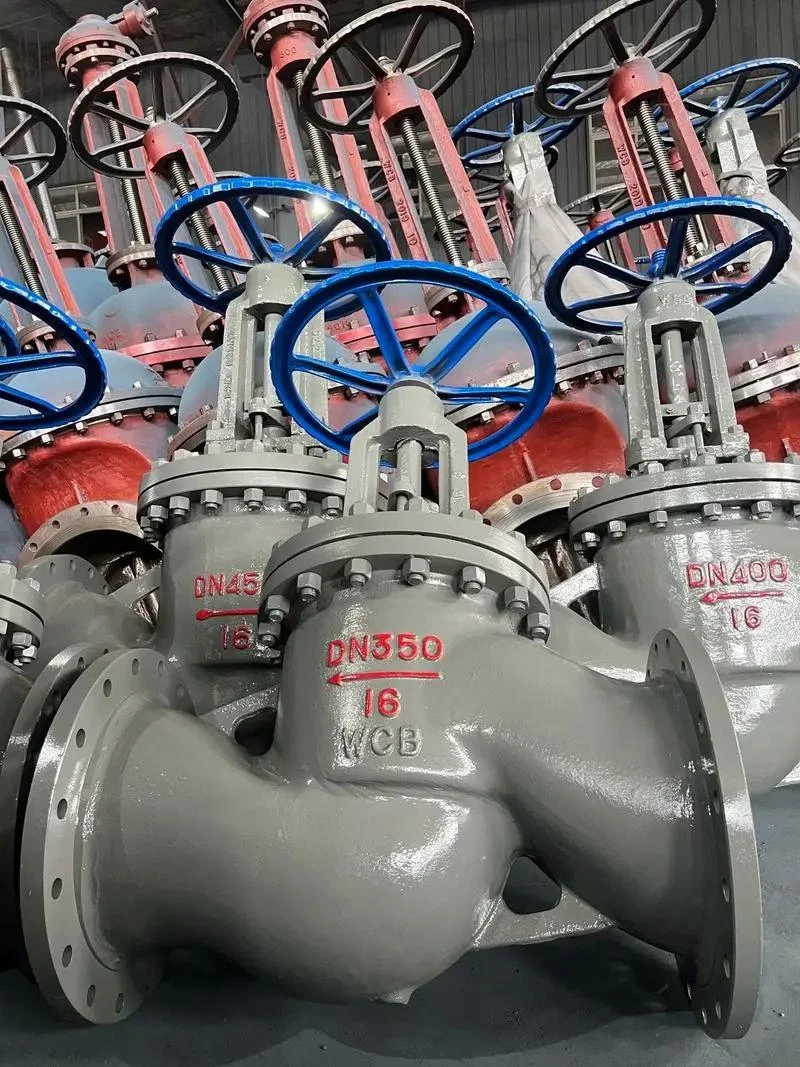2 月 . 03, 2025 06:08 Back to list
Butterfly Valves
Butterfly valves are versatile components found extensively in a variety of industries, taking on critical roles in fluid control applications. Understanding the different types of butterfly valves is essential for making informed decisions when selecting the right valve for specific applications. Here's an insightful exploration into butterfly valve types, each type’s unique characteristics, and their practical implementations.
4. Wafer-Style Butterfly Valves Wafer-style butterfly valves are designed to fit between two pipe flanges. Known for their lightweight and compact structure, they are suitable for non-critical applications with limited space. These valves prevent backflow in systems, providing an economic choice for pipelines. They are commonly used in systems that require a low level of pressure and temperature, like water distribution networks and chemical processing. 5. Lug-Style Butterfly Valves Lug-style butterfly valves feature threaded inserts on both sides, enabling them to be installed using just two sets of bolts. This design allows for system maintenance without disrupting the entire layout. Their robust build offers multi-directional flow and isolation capabilities, making them suitable for systems requiring regular maintenance checks or modifications, such as in pharmaceutical production lines or food processing systems. 6. Actuated Butterfly Valves Beyond structural differences, butterfly valves can also be distinguished by their actuation setups manual, electric, pneumatic, or hydraulic. The choice of actuator is heavily influenced by operator safety, control precision, and automation level desired within the system. For instance, pneumatic actuators provide rapid operation ideal for frequent open-close cycles in water management projects, whereas electric actuators offer precise control essential for complex process automation in manufacturing facilities. In selecting a butterfly valve type, factors beyond the valve’s design play a crucial role, including media type, operating conditions, and regulatory compliance. Integration with broader system technologies and adherence to industry standards also need careful consideration. Partnering with reliable manufacturers and suppliers, who ensure products meet rigorous testing and certification, provides further assurance of performance and reliability. Ultimately, a thorough understanding of each butterfly valve type, its intended operational environment, and the dynamic demands of the specific industrial application will lead to more informed choices, ensuring efficiency, safety, and longevity in system design and implementation.


4. Wafer-Style Butterfly Valves Wafer-style butterfly valves are designed to fit between two pipe flanges. Known for their lightweight and compact structure, they are suitable for non-critical applications with limited space. These valves prevent backflow in systems, providing an economic choice for pipelines. They are commonly used in systems that require a low level of pressure and temperature, like water distribution networks and chemical processing. 5. Lug-Style Butterfly Valves Lug-style butterfly valves feature threaded inserts on both sides, enabling them to be installed using just two sets of bolts. This design allows for system maintenance without disrupting the entire layout. Their robust build offers multi-directional flow and isolation capabilities, making them suitable for systems requiring regular maintenance checks or modifications, such as in pharmaceutical production lines or food processing systems. 6. Actuated Butterfly Valves Beyond structural differences, butterfly valves can also be distinguished by their actuation setups manual, electric, pneumatic, or hydraulic. The choice of actuator is heavily influenced by operator safety, control precision, and automation level desired within the system. For instance, pneumatic actuators provide rapid operation ideal for frequent open-close cycles in water management projects, whereas electric actuators offer precise control essential for complex process automation in manufacturing facilities. In selecting a butterfly valve type, factors beyond the valve’s design play a crucial role, including media type, operating conditions, and regulatory compliance. Integration with broader system technologies and adherence to industry standards also need careful consideration. Partnering with reliable manufacturers and suppliers, who ensure products meet rigorous testing and certification, provides further assurance of performance and reliability. Ultimately, a thorough understanding of each butterfly valve type, its intended operational environment, and the dynamic demands of the specific industrial application will lead to more informed choices, ensuring efficiency, safety, and longevity in system design and implementation.
Next:
Latest news
-
Y Type Strainers: A Comprehensive GuideNewsOct.18,2024
-
Understanding Water Valve Options for Your NeedsNewsOct.18,2024
-
Functions and TypesNewsOct.18,2024
-
An Essential Component for Fluid SystemsNewsOct.18,2024
-
Adjustment and ReplacementNewsOct.18,2024
-
Slow Closing Check Valves: A Key Component in Fluid SystemsNewsOct.08,2024
Related PRODUCTS









